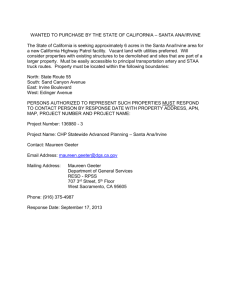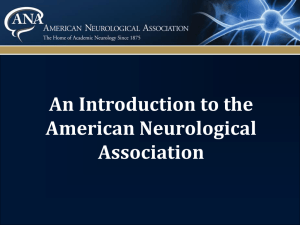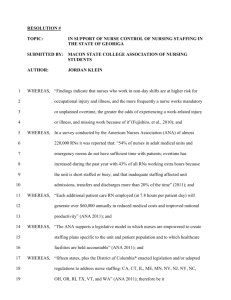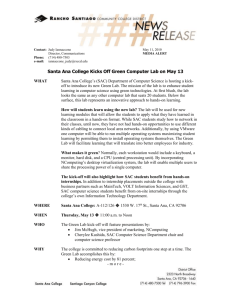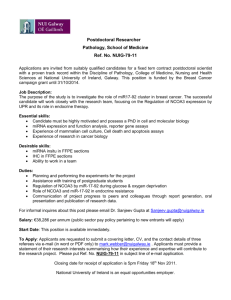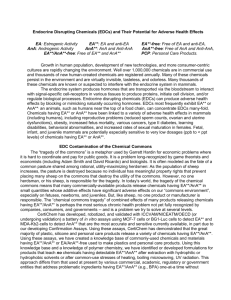The Scientific and Political Controversy about Endocrine Disrupting
advertisement
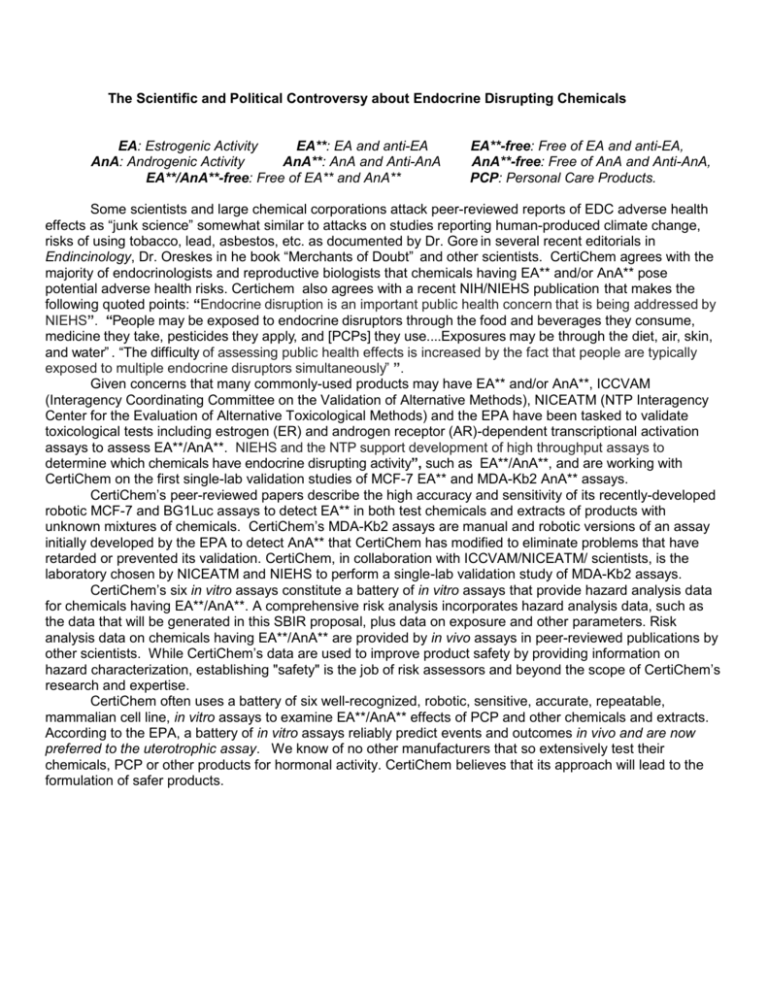
The Scientific and Political Controversy about Endocrine Disrupting Chemicals EA: Estrogenic Activity EA**: EA and anti-EA AnA: Androgenic Activity AnA**: AnA and Anti-AnA EA**/AnA**-free: Free of EA** and AnA** EA**-free: Free of EA and anti-EA, AnA**-free: Free of AnA and Anti-AnA, PCP: Personal Care Products. Some scientists and large chemical corporations attack peer-reviewed reports of EDC adverse health effects as “junk science” somewhat similar to attacks on studies reporting human-produced climate change, risks of using tobacco, lead, asbestos, etc. as documented by Dr. Gore in several recent editorials in Endincinology, Dr. Oreskes in he book “Merchants of Doubt” and other scientists. CertiChem agrees with the majority of endocrinologists and reproductive biologists that chemicals having EA** and/or AnA** pose potential adverse health risks. Certichem also agrees with a recent NIH/NIEHS publication that makes the following quoted points: “Endocrine disruption is an important public health concern that is being addressed by NIEHS”. “People may be exposed to endocrine disruptors through the food and beverages they consume, medicine they take, pesticides they apply, and [PCPs] they use....Exposures may be through the diet, air, skin, and water” . “The difficulty of assessing public health effects is increased by the fact that people are typically exposed to multiple endocrine disruptors simultaneously” ”. Given concerns that many commonly-used products may have EA** and/or AnA**, ICCVAM (Interagency Coordinating Committee on the Validation of Alternative Methods), NICEATM (NTP Interagency Center for the Evaluation of Alternative Toxicological Methods) and the EPA have been tasked to validate toxicological tests including estrogen (ER) and androgen receptor (AR)-dependent transcriptional activation assays to assess EA**/AnA**. NIEHS and the NTP support development of high throughput assays to determine which chemicals have endocrine disrupting activity”, such as EA**/AnA**, and are working with CertiChem on the first single-lab validation studies of MCF-7 EA** and MDA-Kb2 AnA** assays. CertiChem’s peer-reviewed papers describe the high accuracy and sensitivity of its recently-developed robotic MCF-7 and BG1Luc assays to detect EA** in both test chemicals and extracts of products with unknown mixtures of chemicals. CertiChem’s MDA-Kb2 assays are manual and robotic versions of an assay initially developed by the EPA to detect AnA** that CertiChem has modified to eliminate problems that have retarded or prevented its validation. CertiChem, in collaboration with ICCVAM/NICEATM/ scientists, is the laboratory chosen by NICEATM and NIEHS to perform a single-lab validation study of MDA-Kb2 assays. CertiChem’s six in vitro assays constitute a battery of in vitro assays that provide hazard analysis data for chemicals having EA**/AnA**. A comprehensive risk analysis incorporates hazard analysis data, such as the data that will be generated in this SBIR proposal, plus data on exposure and other parameters. Risk analysis data on chemicals having EA**/AnA** are provided by in vivo assays in peer-reviewed publications by other scientists. While CertiChem’s data are used to improve product safety by providing information on hazard characterization, establishing "safety" is the job of risk assessors and beyond the scope of CertiChem’s research and expertise. CertiChem often uses a battery of six well-recognized, robotic, sensitive, accurate, repeatable, mammalian cell line, in vitro assays to examine EA**/AnA** effects of PCP and other chemicals and extracts. According to the EPA, a battery of in vitro assays reliably predict events and outcomes in vivo and are now preferred to the uterotrophic assay. We know of no other manufacturers that so extensively test their chemicals, PCP or other products for hormonal activity. CertiChem believes that its approach will lead to the formulation of safer products.





